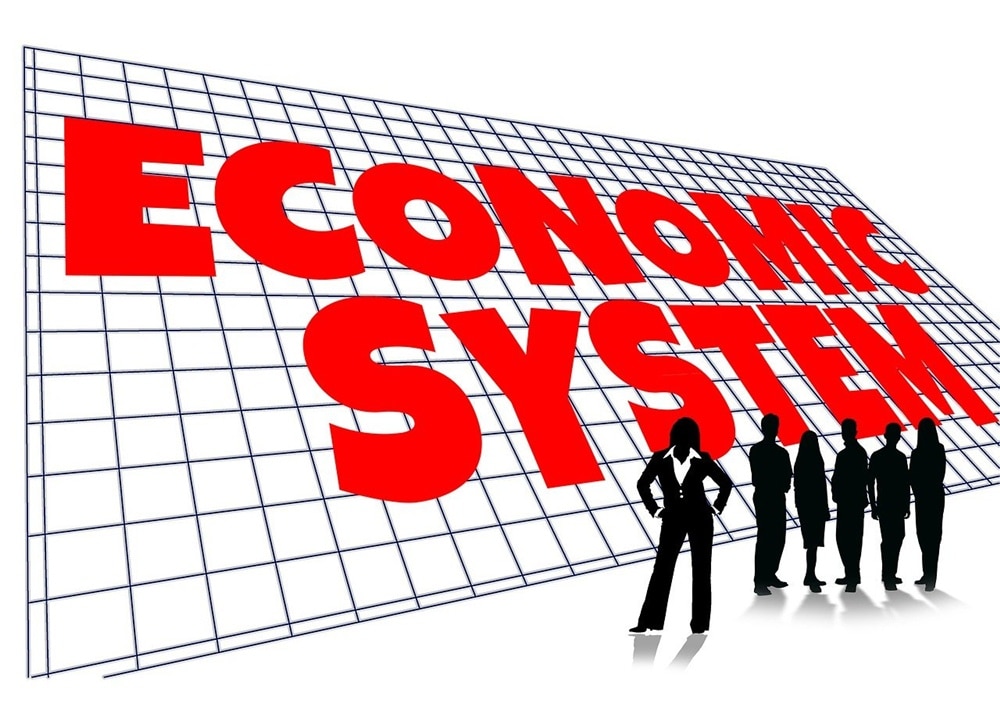Command economies, also known as centrally planned economies, operate under the control of the government which decides key economic questions such as what to produce, how to produce, and for whom to produce. Let’s delve into more details about the components and characteristics of a command economy.
1. Central Planning
In a command economy, a central authority, usually the government, makes all economic decisions. The government creates a central plan that outlines the goods and services the economy will produce, the quantities to be produced, and the prices at which they will be sold. Central planning also encompasses the allocation of resources to various industries and projects.
2. Public Ownership of Means of Production
One key characteristic of a command economy is the public or state ownership of resources. The government owns all the land, equipment, buildings, and other resources, eliminating private enterprises. It controls the factories, industries, and all production units, operating them for the public good rather than private profit.

3. Employment and Income Equality
In a command economy, the government aims to control the distribution of wealth and limit economic inequality. Employment is usually guaranteed in a command economy, with the government being the primary employer. This can result in low levels of unemployment, which might seem like an advantage. However, it can also lead to inefficiencies if people are paid regardless of their effort or productivity.
4. Price Control
In a command economy, the market forces of supply and demand do not determine prices. Instead, the government sets the prices for all goods and services, with the aim of maintaining affordability for its citizens.
5. Limited Consumer Choice
Command economies often face criticism for limiting consumer choice. Since the government decides what to produce, consumers often have access to fewer varieties of goods. The focus is on utilitarian value rather than personal preferences, which can lead to a lack of innovation and quality in the products produced.
Command Economy Through the Historical Lens
Modern command economies primarily emerged with the advent of communism in the early 20th century. The idea was to create a classless society where wealth and power were equally distributed.
The Soviet Union: The Quintessential Command Economy
The Soviet Union, from 1922 to 1991, is the most notable example of a command economy. The government controlled all production and distribution of goods. Five-year plans outlined the economic activities, and though this system helped transform the Soviet Union from an agrarian economy to an industrial power, it eventually collapsed. This failure was due to economic inefficiencies, lack of flexibility, shortages of consumer goods, and a lack of incentives leading to productivity issues.
China: The Transition From Command to Mixed Economy
Under Mao Zedong’s leadership, China implemented a centrally planned economy, similar to the Soviet model. Collectivization of farms and industries marked Mao’s era. However, the Great Leap Forward (1958–1962) and the Cultural Revolution (1966–1976) led to economic instability and a humanitarian crisis.
Since the late 1970s, under Deng Xiaoping’s leadership, China began shifting towards a more market-based economy. However, the Chinese government still controls key sectors and makes major economic decisions.

Present-Day Examples of Command Economies
North Korea: The Extreme Case
North Korea operates as an extreme example of a command economy, where the government makes all economic decisions. It’s one of the most closed and centralized economies in the world, focusing primarily on heavy industry and military spending while neglecting consumer goods and services.
Cuba: Shift Towards a Mixed Economy
Cuba has operated as a command economy for several decades, with the state controlling major industries. However, economic reforms in the last decade have seen a slight shift towards market principles, allowing small-scale private enterprises to exist.
China: The Hybrid
While China has liberalized its economy significantly, it still retains elements of a command economy, particularly in strategic sectors such as energy, defense, and telecommunications. State-owned enterprises still make up a significant portion of China’s economic output.
Which Statement Best Describes A Command Economy: Final Words
In conclusion, a command economy’s idealized vision is to circumvent market failures, distribute resources equitably, and ensure all citizens’ basic needs are met. However, in reality, these economies often suffer from a lack of competition, low efficiency, reduced individual incentives, and a less responsive price system. A balance between government control and free-market operations seems to be the most effective route for sustainable economic growth.
